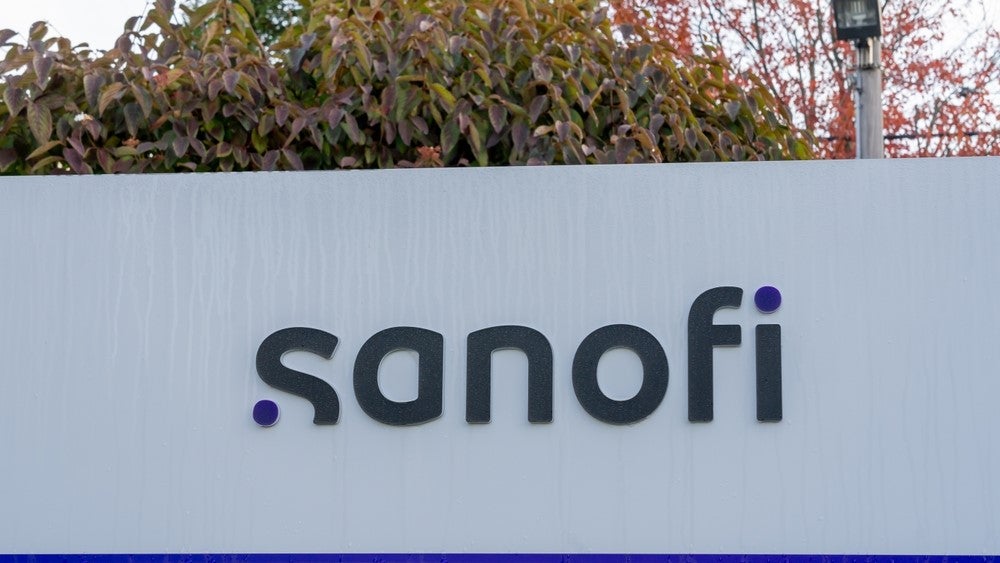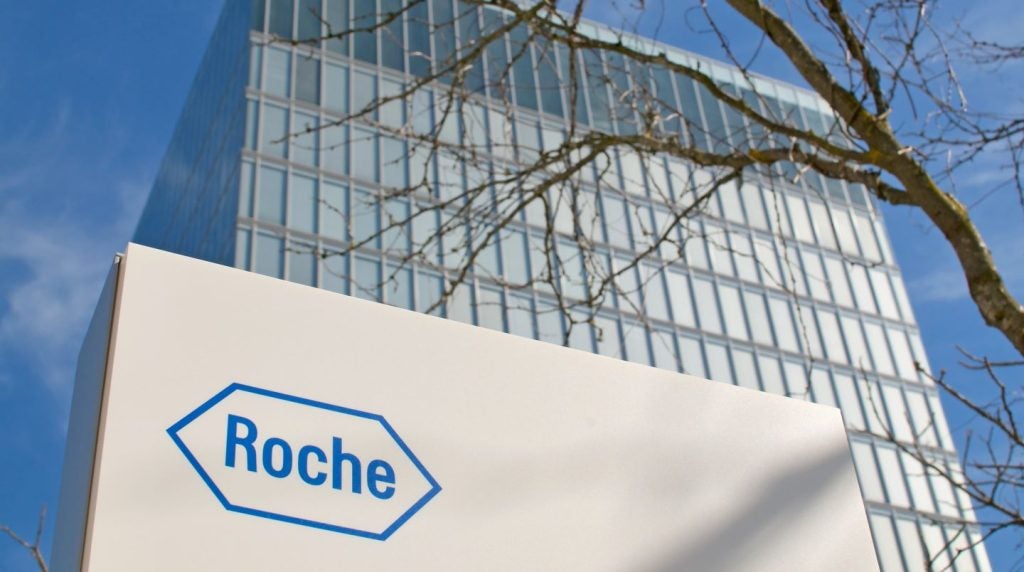
Blockchain technology has come under the spotlight recently, creating a lot of hype and expectation mostly related to its applications in the crypto-currency space. However, the secured chain of blocks conceptualized by the mysterious Satoshi Nakamoto in 2008 has the potential of disrupting an increasing number of industries.
On top of financial transactions and decentralized social networking, the use of blockchain, or better said of distributed ledger technologies (DLT), promises to bring significant efficiencies to the life sciences industry too, especially on supply chains and in clinical trial operations. The legitimacy of this claim is discussed in this article together with the potential challenges of applying DLTs to the clinical world.
Decentralization, Shared Memory and Cryptography
The opportunities brought by DLT implementation are easily assessed by starting to define its main features.
Blockchain technology manages transactions into an ongoing chain of hash-based proof-of-work, forming a record that cannot be changed without redoing the proof-of-work itself. This means it allows a network of participants to agree at regular intervals on the true state of an advanced distributed ledger. Such digital ledgers have the capability of storing small chunks of data in a controlled way. A ledger can contain transaction records, transaction attributes (timestamp and authorship), credentials, and other types of information.
DLTs enable an internet user to transfer a unique piece of digital property to another user, such that the transfer is guaranteed to be safe and secure – everyone knows the transfer has taken place, and nobody can challenge the legitimacy of the transfer.
An operative description of DLT is summarized in three bullets:
How well do you really know your competitors?
Access the most comprehensive Company Profiles on the market, powered by GlobalData. Save hours of research. Gain competitive edge.

Thank you!
Your download email will arrive shortly
Not ready to buy yet? Download a free sample
We are confident about the unique quality of our Company Profiles. However, we want you to make the most beneficial decision for your business, so we offer a free sample that you can download by submitting the below form
By GlobalData- Decentralization. The absence of a central entity governing the system. Every participant to the network contributes to it and keeps it alive. This removes security holes, because even if a single party is hacked, very few members of the network are affected and the system recovers.
- Shared memory. A record of all transactions between all parties in the blockchain is stored on every computer in the network. Forever. And everyone can see it. This makes the network secure against fraud and data loss.
- Cryptography. Through a set of complex algorithms and math problems, all transactions and participants are protected by encryption.
Once the DLT basics are clear, it is possible to analyze the potential impact of its introduction on the clinical trial business.
Distributed Ledger Technologies and the Supply Chain
The main advantage of implementing a blockchain-based clinical operations tool is that it affords the sponsor control while enhancing capability and trust. In fact, DLTs can become the backbone of the life science industry by supporting complex processes where multiple-source real-time updates, contractual agreements and order of transactions are critical.
This space ranges from Regulatory Affairs, such as Trial Master File filing and unique device identification, to IT compliance and data integrity solutions. Further applications are foreseen in the Master Data Management where DLTs can enable a real-time update of selected data by all parties involved in the process, hence removing the need for laborious, error-prone reconciliation with each other’s internal records. It gives each member of the network greater and timelier visibility of the total activity. Furthermore, those ledgers are digitized, eliminating paper trails and documentation requirements.
The potential areas open to improvement via blockchain-based process re-design is virtually infinite. Among others, clinical trials and the supply chain offer one of the most interesting fields of application for DLTs.
The main advantages of implementing DLTs in the clinical supply chain are shown in the Fig. 1:

Fig. 1: Blockchain Supply Chain Benefit Assessment
Blockchain Cannot be Considered a Panacea
Let’s start with analyzing the impact on the supply chain: the technology can reveal previously hidden information and allows users to attach digital tokens — a unique, negotiable form of digital asset — to intermediate goods as they progress along the production, shipping, and delivery phases of a supply chain. This could enhance resupply control and flexibility, both geographically and financially, by capturing the value they have invested in the process at any point along the chain. The blockchain implementation may lead to an outcome that Casey and Wong define as “dynamic demand chain,” replacing the common rigid supply chain and maximizing the efficient resource use.
If the supply chain is analyzed within the clinical landscape, the impact of blockchain technology will become even stronger as it extends from goods to patients. The use of patients’ digital IDs would make the overall enrollment in a specified program or franchise more controlled and effective. It would also ensure the same individual does not enroll in multiple trials simultaneously or within a predefined period of time.
The use of cryptography brings privacy to the data source while its transparency enables study sponsors and regulators to get an “assurance by design” on the data processes and integrity, with the potential for cost reduction and streamlining of data review. Efficient data management from the site to CROs and the sponsor would facilitate data analysis and has the potential to shorten clinical trials.
The introduction of an innovative technology to a heavily regulated industry brings some challenges together with opportunities. Blockchain cannot be considered as a panacea to all supply chain issues and its main downsides are captured in the Fig.2.

Fig.2: main challenges to blockchain acceptance (from III.)
Legal oversight, governance issues and integration with already established management system infrastructure are roadblocks to a fast and effective roll out of distributed ledger technologies.
Industry challenges come together with temporary technological limitation due to the embryonic state of the DLT and its energy expenditure, which limits market adoption. As DLT is still evolving, a non-reassuring history of security issues and complexity to demonstrate compliance to the current regulatory framework shall be considered too.
Increasing Process Control
In conclusion, the advantages of introducing blockchain in the clinical supply chain are worth an extensive in depth analysis as they have the potential to overcome most of the current industry challenges. Some companies, such as Sanofi and BASF, are already studying how to leverage DLTs to improve their supply chain processes. IEEE has also started a dedicated standards association on blockchain focusing on the pharmaceutical business. DLT topics are widely discussed, from access management to confidentiality, from security to track and tracing – all to identify further technological improvement to solve current blockchain limitations.
While it is fair to say that blockchain is still far from deployment readiness, the potential to streamline supply chain processes and the implementation of new regulations is undeniable.
Blockchain can increase process control and tracking capabilities while decentralizing controls and trust, making theoretically easier to comply with new requirements as reported in the U.S. Drug Supply Chain Safety Act and EU General Data Protection Regulation.
References:
1) S. Nakomoto, “Bitcoin: A Peer-to-Peer Electronic Cash system,”bitcoin.org” – www.bitcoin.org/bitcoin.pdf
2) A. Shanley, “Could Blockchain Improve Pharmaceutical Supply Chain Security?,”Pharmaceutical Technology Outsourcing Resources Supplement (August 2017).- http://www.pharmtech.com/could-blockchain-improve-pharmaceutical-supply-chain-security
3) Blockchain: Revolutionizing the Global Supply Chain by Building Trust and Transparency, J.Biggs, S.R. Hinish, M. A. Natale. M. Patronick
4) How IBM and Maersk will use the blockchain to change the shipping industry – http://www.nasdaq.com/article/how-ibm-and-maersk-will-use-the-blockchain-to-change-the-shipping-industry-cm756797
5) Blockchain is not a panacea for supply chain traceability transparency – http://searcherp.techtarget.com/feature/Blockchain-not-a-panacea-for-supply-chain-traceability-transparency
6) Global Supply Chains Are About to Get Better, Thanks to Blockchain , Michael J. Casey Pindar Wong – https://hbr.org/2017/03/global-supply-chains-are-about-to-get-better-thanks-to-blockchain
7) Blockchain technology for improving clinical research quality, M. Benchoufi and P. Ravaud – https://trialsjournal.biomedcentral.com/articles/10.1186/s13063-017-2035-z
8) Leveraging Blockchain for Clinical Trials/Research – https://beyondstandards.ieee.org/blockchain/leveraging-blockchain-clinical-trials-research/
9) Sanofi – https://www.coindesk.com/blockchain-day-big-pharma-seeks-dlt-solution-drug-costs/
10) BASF – https://www.coindesk.com/german-chemical-company-pilots-supply-chain-blockchain/







